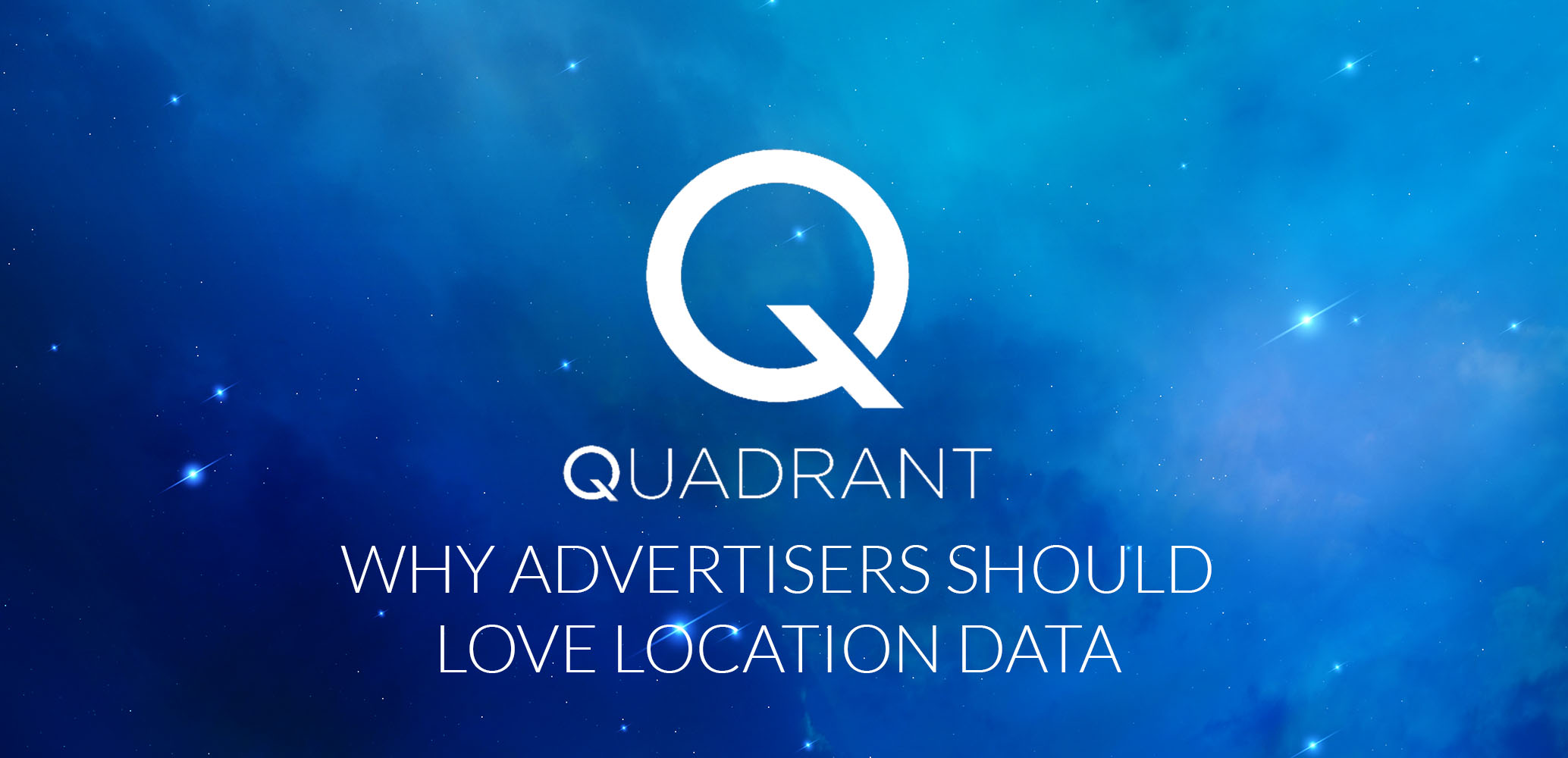Latest Updates
Lorem ipsum dolor sit amet consectetur adipiscing elit tortor eu egestas morbi sem vulputate etiam facilisis pellentesque.

Scaling OOH Advertising with Mobile Location Data - Customer Success Story

Introducing Quadrant Audiences - Going Beyond The Moment
We are pleased to introduce Quadrant Audiences, a new data-driven targeting solution designed for...

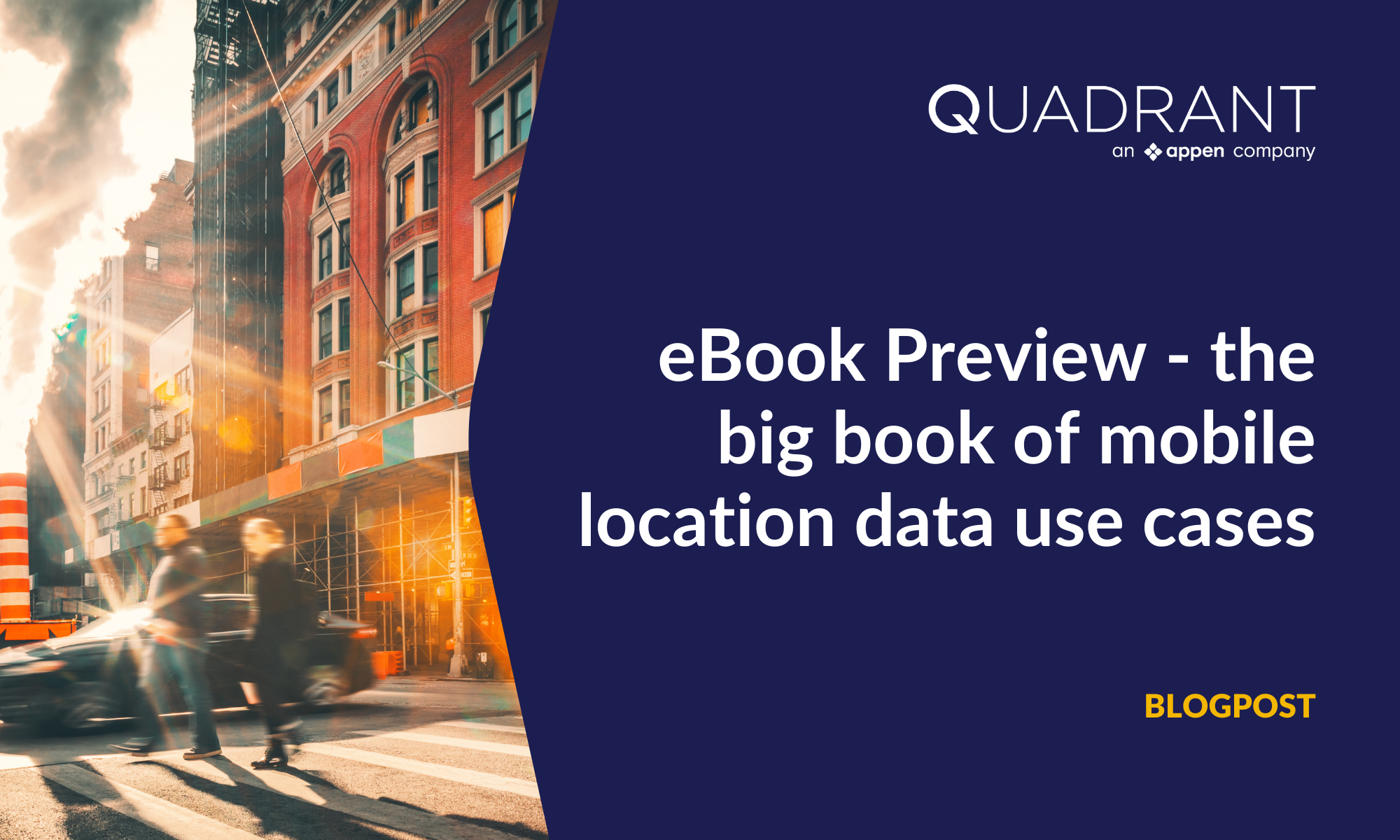
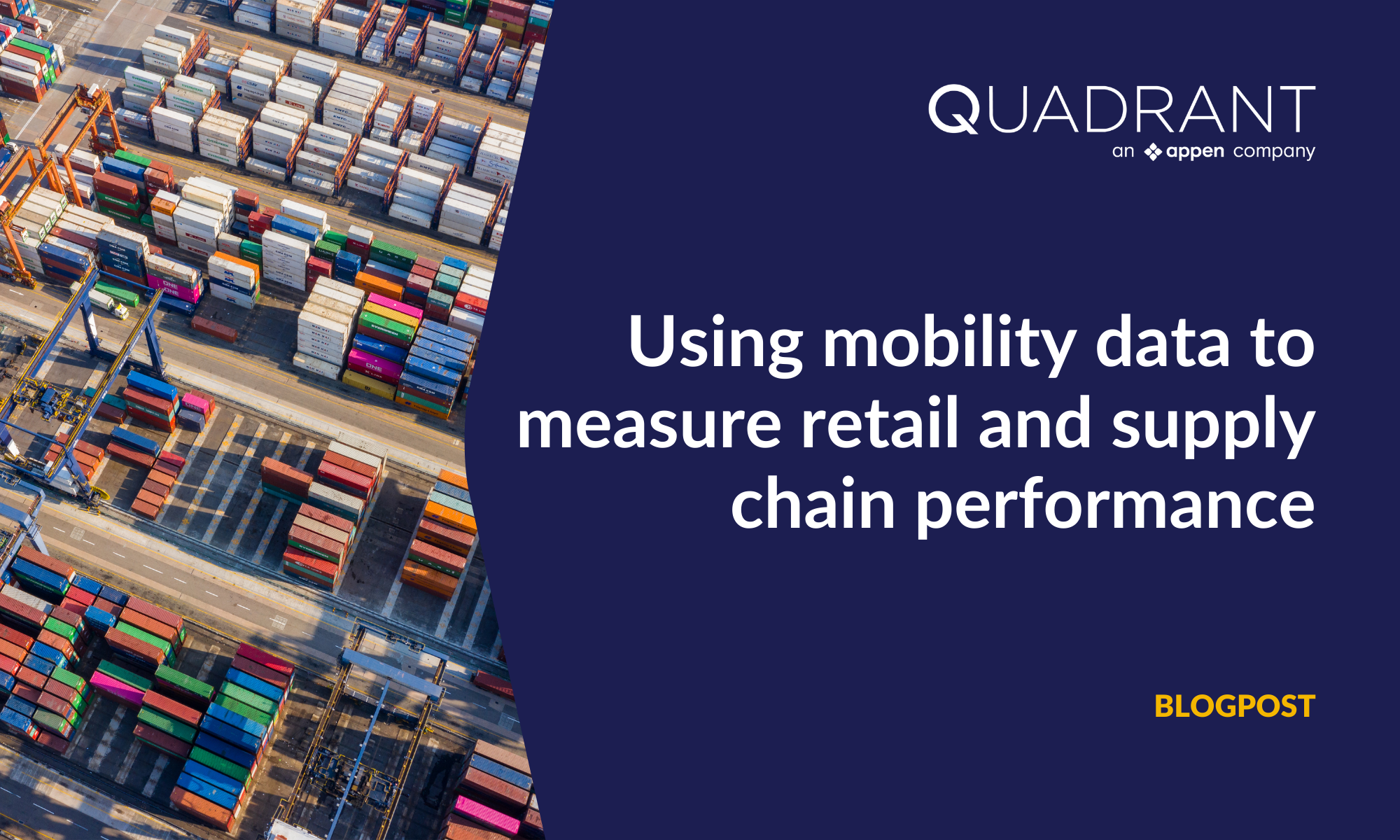
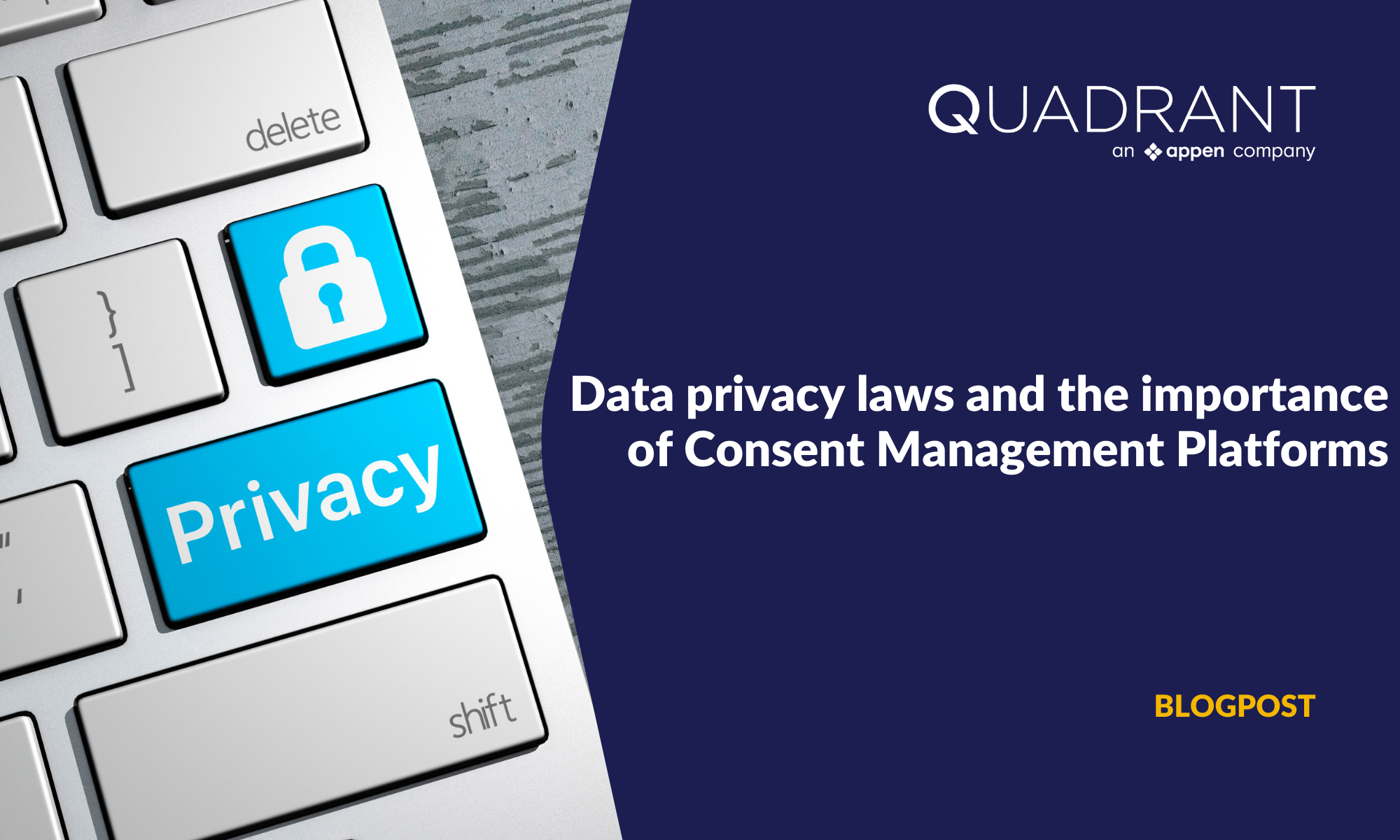
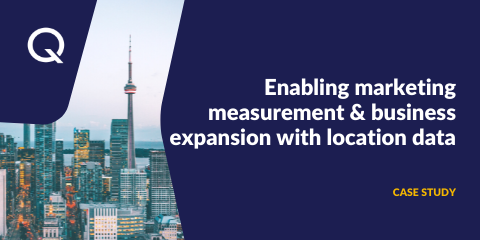
.png)


